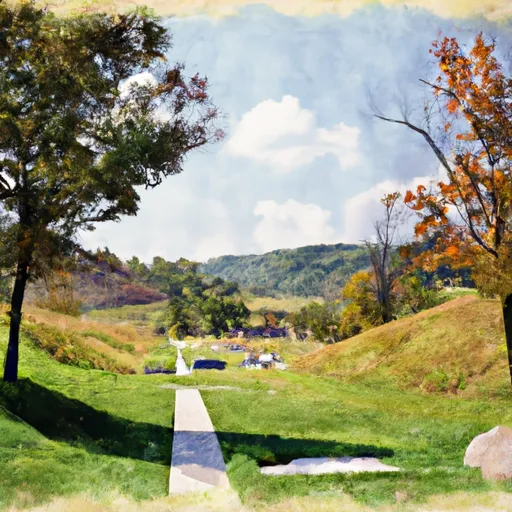°F
°F
mph
Windspeed
%
Humidity











Wirtz is a small community located in Franklin County, Virginia, within the United States. The region experiences a humid subtropical climate, characterized by hot and humid summers and mild winters. Average temperatures range from the mid-80s Fahrenheit in summer to the mid-30s in winter. Precipitation is fairly evenly distributed throughout the year, with slightly higher amounts during summer months.
Wirtz is surrounded by beautiful natural landscapes, with several lakes and rivers offering various hydrology constituents. The Smith Mountain Lake is the most prominent feature, providing ample opportunities for fishing, boating, and water sports. The lake is known for its diverse fish population, including largemouth bass, striped bass, and catfish, attracting anglers from far and wide.
Outdoor recreation enthusiasts can also take advantage of the nearby Blue Ridge Mountains. Hiking and camping opportunities abound in the region, allowing visitors to explore scenic trails and enjoy breathtaking panoramic views. Additionally, the Franklin County Park offers recreational amenities such as picnic areas, sports fields, and playgrounds.
In conclusion, Wirtz, Virginia, offers a pleasant climate, diverse hydrology constituents, and abundant outdoor recreation opportunities, making it an appealing destination for nature lovers and adventure seekers.
Weather Forecast
Wirtz receives approximately 1118mm of rain per year, with humidity levels near 76% and air temperatures averaging around 14°C. Wirtz has a plant hardyness factor of 7, meaning plants and agriculture in this region tend to thrive during the non-winter months.
Regional Streamflow Levels
1,490
Cubic Feet Per Second
412
Cubic Feet Per Second
241
Cubic Feet Per Second
13
Cubic Feet Per Second
Nearby Camping
| Camping Area | Reservations | Toilets | Showers |
|---|---|---|---|
| Goose Dam | |||
| North Creek | |||
| Hagan-Stone Park | |||
| Blowing Springs | |||
| Bird Run | |||
| Lake Reidsville Rec Park |



